Breeding
- Scanning to be done in next month
- Cows and calves out at grass on out farm
- One heifer for Carrick on Shannon this winter
The cows and heifers will be scanned in the next month. The bull is running with cows on the out farm but will be separated at housing. The cows and calves are due to be weighed pre-weaning by 1st November for the SCEP scheme.
Oliver is very happy with the calves from the stock bull this year and has already identified a few replacement heifers from him. One of these heifers is #577, pictured with her cow in Figure 1 below. She is +5.8kg for daughter milk, 24.4kg for carcass weight and -0.42 days on daughter calving interval so will make a well balanced cow. As the next generation of the herd, she is also improving on the herd genetics, particularly for milk which is at 3.8kg on average for the herd average.
One heifer will be going to the Winter Fair in Carrick on Shannon this winter.
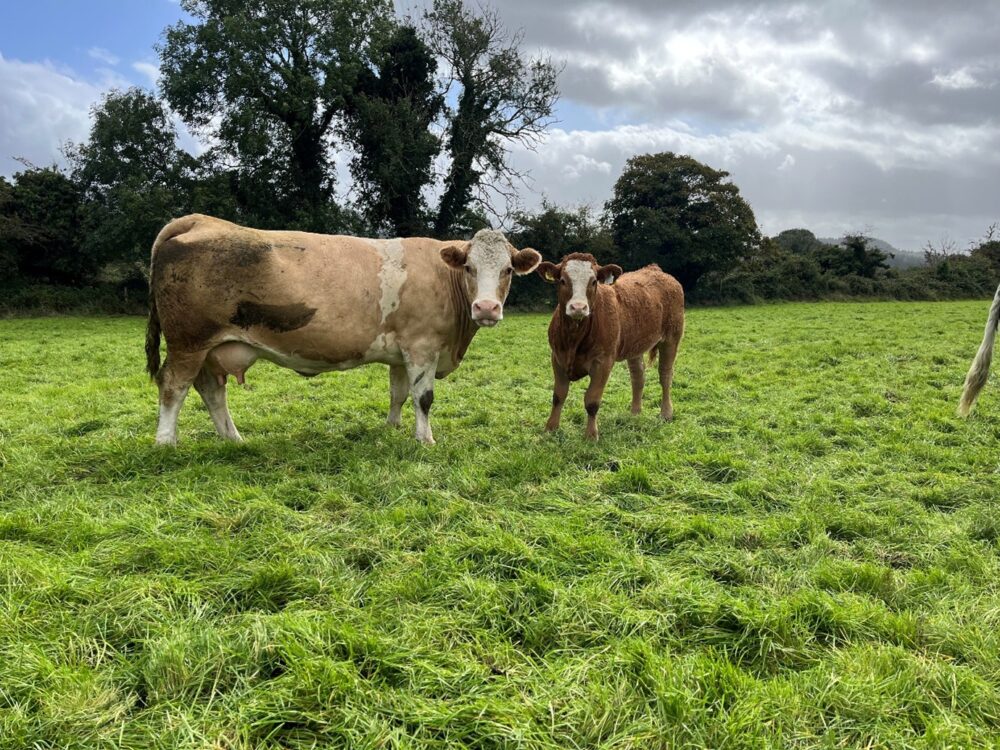
Figure 1: Replacement heifer calf sired by the stock bull, born 3rd April 2025
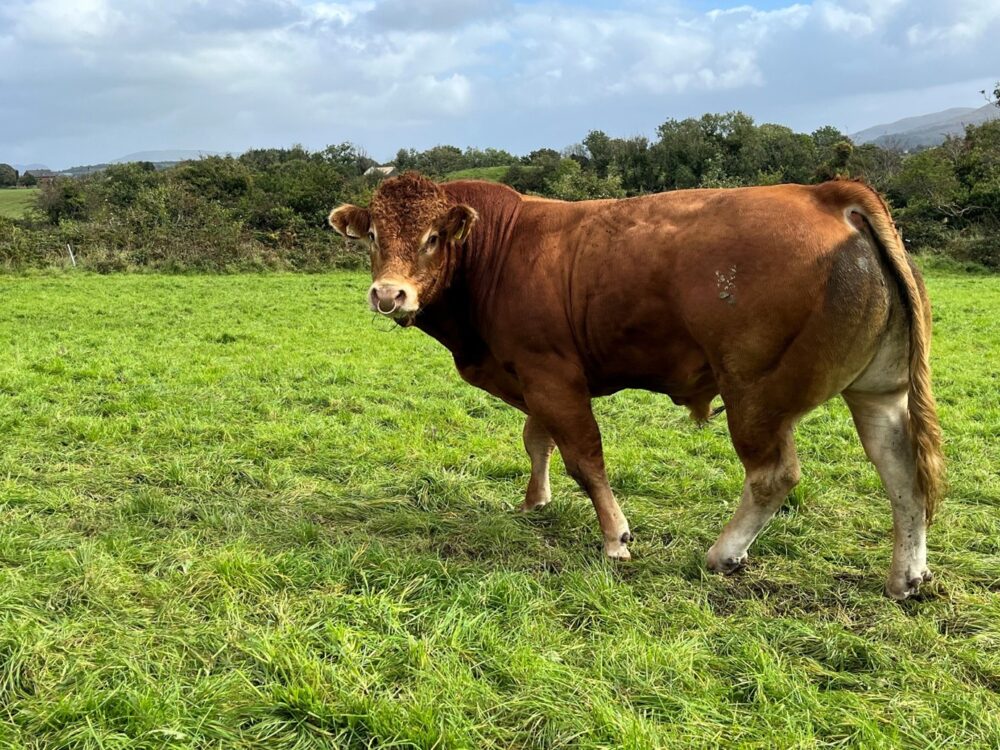
Figure 2: The Limousin stock bull who is sired by Tomschoice Lexicon
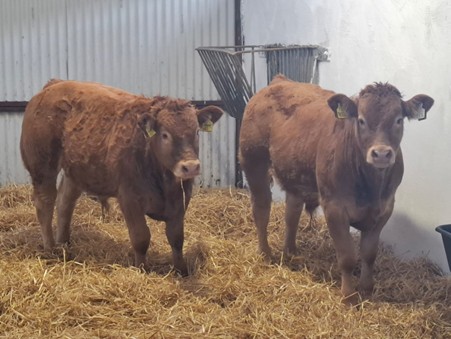
Figure 3: Left to Right: Plumtree Fantastic (S1278) Limousin bull calf from a Tomschoice Lexicon (LM4471) heifer and a weanling from the stock bull out of a Loyal (LM4184) heifer
The calves have been dosed with Ivomec super which treats them for lung worms, stomach worms, lice and adult fluke. They will receive a Closamectin pour on at housing which will treat them for immature fluke (>6 weeks), lung worms, stomach worms and lice. Some of them also received a Vitisel and multimineral injection. Faecal egg samples have also been taken from the weanlings as part of Oliver’s participation in the Beef Welfare Scheme.
All calves have received 2 shots of a clostridial vaccine and will be given their IBR and Bovipast vaccinations against respiratory disease over the next 2 months before housing. They are continuing to eat ration at grass before housing & weaning.
Oliver took soil samples earlier in the year and his local advisor drew up a nutrient management plan for the farm. As part of this, maps were generated to show the soil fertility status of the farm. These are useful for identifying fields that require lime and that are low in Phosphorus (P) and Potassium (K) so that they can be targeted.
An example of one of these maps is shown in the figure below where different shading indicates the various pH ranges. Most of the land on the map is at pH 5.91 to 6.2 so will require approximately 1t lime/acre to reach the target of 6.2. The fields that are in the brown hatched areas show that the soils are expected to be over 20% organic matter which classifies them as a peaty soil, with a target pH of 5.5 so these do not require lime.
In some cases only part of the fields are in the brown hatched area so a soil sample can be taken to test the organic matter percentage and this may re-classify the field as a mineral/loam soil if the organic matter is less than 20%.
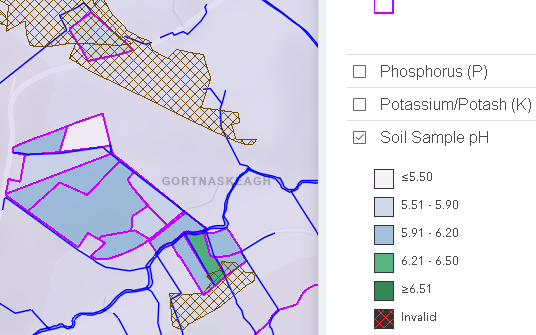
Figure 4: NMP map showing soil pH status of part of the farm
In contrast to this, the rented land on the outfarm is at an excellent soil fertility status with most of it at a pH of over 6.5. It is a drier farm with no indication of peaty soils, and Oliver limed it well when he originally leased it. As no cattle are housed there, there is no slurry or farmyard manure available to spread on it. However that also means that minimal silage is made there, so the overall soil fertility is very good at index 3 or higher for both P and K.
As Oliver operates a contracting business he has equipment available for spreading lime so can spread it on his own land at a time that is suitable to travel.
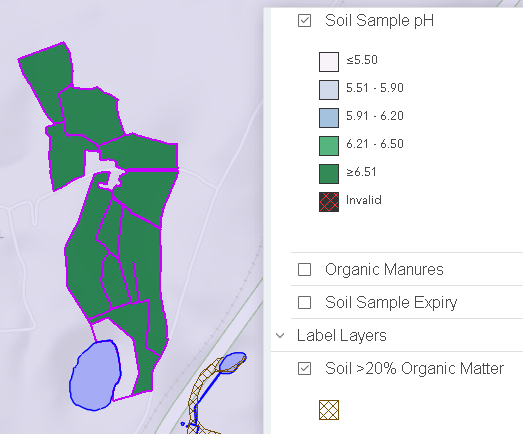
Figure 5: NMP map showing soil pH status of the out farm